 C-MARC 'super-cable' upgrade deadline has to be extended, with first feedback!Friday 05 January, 2018
Dear Esteemed Customers,
Best regards,Happy New Year to you all! May this year bring you sublime audio experiences like never before. Due to popular demand, we are extending the opportunity for you to upgrade any DFPC, or the Triaxial type C-MARC power cord, directly to the new hand braided C-MARC™ 'super-cable'. The initial deadline was set for Dec. 31, 2017, but many have written that they simply could not organize in time due to the holiday season coinciding with our offer. So instead of applying pressure, we decided to extend the offer until the end of January 2018. The offer is: You may trade in any DFPC or the Triaxial C-MARC™ power cord for the new hand braided C-MARC™ 'super-cable'. Instead of 1148 USD, you'll be paying only 658 USD, including shipping. Please consider!  This hand braided C-MARC™ 'super-cable' is the most vividly obvious, one might even say wildest, performer we have ever made. It consist of 3 x 4.6mm^2 C-MARC™ conductors, which provides far more conductivity than the initial Triaxial C-MARC™ power cord. The noise floor is incredibly low and micro dynamics are the best we've ever managed to achieve. Flexibility and light weight is still very good and will not present any difficulties for installation.  Feedback has been coming in Here are some impressions that we have received from some of our earliest users around the world. "In such a moment I am happy to not be a cable company. I consider this wire to be a major problem for them. There seems to be so much right about it. Congratulations on this superbly intelligent design." Sven Boenicke Boenicke Audio ----- "I just got my upgraded C-MARC AC cables. I must remember that all my previous LessLoss products have taken 6-10 WEEKS to fully break in. Given that reality I am very impressed at how wonderful these wires are. I will ignore tonality for now as that will improve quite a bit going forward (some pluses and some minuses vs previous cables for now but that is meaningless). The most impressive and important difference (my first edition C-MARC cables were already a huge upgrade over AC cables that cost $4K and are widely lauded) is the pace and musical communication these wires allow. I feel like I have a top notch analog system for the first time (it's all digital). Even listening from two rooms away I am drawn to the music and must discipline myself to go back to typing this. The momentum and the fluidity of microsecond changes in volume and emphasis causes me to imagine a 100 pound turntable in the other room. It is just so SOLID and unstoppable! Imaging is magical. Even studio effects are captivating as things bounce around in three dimensional space. Acoustic recordings sound very present and real. I have been startled in a way I have not experienced from a stereo system by sudden sounds and the tail of sounds as they diminish are highly audible and very natural. Different recordings sound much more different from one another. I prefer to listen to what I like rather than to audiophile discs. Mediocre to bad recordings that I am very familiar with (The Who Sell Out for example) provide utterly transformed listening experiences. It's not the relatively trivial "I hear things I never heard before". It's the much more profound experience of discovering musically meaningful instrumental lines that you never noticed with other cables in place the first 100 times you listened to this CD. I struggle to imagine what this will be like in six weeks but for now I am experiencing an upgrade that I would have thought possible only by changing out all my equipment for gear of triple the cost." Jeff W LessLoss customer ----- Over the past few weeks I have auditioned your C-MARC XLR Interconnects in my audio system and am very impressed with what I am hearing. In fact, the C-MARCs have supplanted my venerable reference cables that cost 5 times as much. Your C-MARC XLR cable beats my priciest XLR interconnects: Jorma Origo, Von Schweikert Master Built, and Stealth Metacarbon. The C-MARCs have an open, balanced and vibrant sound that is clear, full-bodied and non-fatiguing. With the C-MARCs everything sounds more realistic and present, without being in-your-face or impolite. It is rare for a cable to be both highly resolving and musical. Compared to the C-MARCs, my heretofore reference cables sound dull and like they are missing information. The C-MARCs not only handily beat much more expensive cables; they complement and play nicely with equipment and other cables in my audio chain. The C-MARC interconnects have made a positive difference that I can easily hear and appreciate. Thank you. Joseph L G LessLoss customer ----- Hand braided C-MARC™ 'super-cable' production details 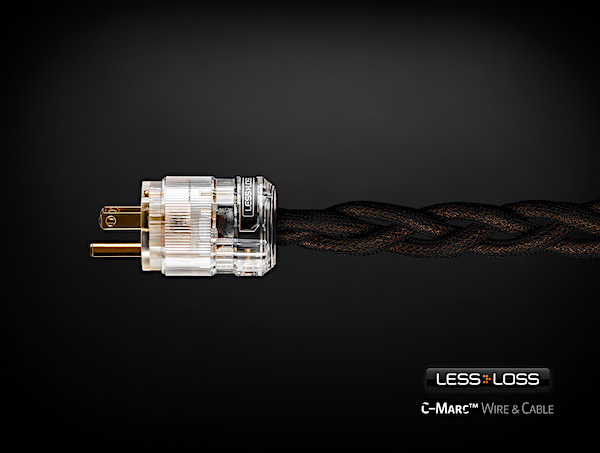 To make this new super-cable, three runs of C-MARC™ coaxial cable are required with a length ratio of about 1.22:1, so to make a 2m power cord we are looking at 7.5m of raw material of the C-MARC™ coaxial cable. C-MARC™ has two types of cotton core material which ensure micro-vibrational silencing of the lines. The innermost core is 100% unbleached, natural fibre cotton braid. Around this is braided the first 2.3mm^2 assembly of individually lacquered Litz wires in dual fractal replication. Then comes a second layer of natural cotton fibre, mercerized and dyed black. A second 2.3mm^2 Litz wire assembly surrounds it, upon which a thin, transparent moisture protection layer is added. We use three such coaxial cables in the construction of the new C-MARC™ power cable. To prepare the endings, much careful work is needed. The magic happens when all strands remain unbroken, and are electrically connected. To get there, we need to carefully unbraid a portion of each ending. There are six such individual endings to work with on this cable. Described in images below is a single such ending. Above we see the 16 individual braids which make up the outer Litz assembly. Those braids are extremely tiny and tightly woven, made up of 12 tiny wires each, too small to see separately in these images. This cable is probably the slowest production cable in the world at this time. The braiding step is only a fraction of a millimeter. We have braiding machines running non-stop, all the time, on this project. The cotton must be removed while taking extreme care not to break any of the 384 individually enameled strands of copper. There is no rushing allowed. Once we are at this configuration, we visually double check to make sure all stands are intact. We work extremely carefully and with sincere dedication to our task to maximize performance. Avoiding the breaking of even one of the strands guarantees the super high performance of this cable, and we take this very seriously for every product manufactured here at LessLoss. The innermost cotton braid must also be removed in order that the tinning process is successful and reliable. In order to get to it, everything needs to be spread out like a flower. 4.6mm^2 Litz wire would never fit into a power plug's electrical contact, so in order to make the electrical connection with both of the fractal braids (each is 2.3mm^2), we need to cut the outer braid shorter than the inner one. Now we are ready to combine the two braids into a single high performance electrical conductor. This way we can fit the contact into the plug and clamp down on it very securely and reliably. But first we must burn away the lacquer which covers each strand. This is done with a tinning pot, use a special liquid flux, and at several hundred degrees. We burn off the lacquer from the ends, replacing it with a thin layer of silver content solder in the process. This ensures all connections of the Litz wires are made and allows reliable electrical contact to be made with the wire assemblies. Then we hand braid three such prepared wires until we get to the end of the cable. Years of experience means that the end result is guaranteed to be evenly beautiful and highly flexible. There is a personal feel involved during this process. Once done, again we have to prepare all three remaining ends, as above. The entire process is a lengthy one, and the sonic results are far superior to anything we have ever heard before. The labor involved is a necessary element which no robotic procedure can emulate. Another attempt to express the sonic results, this time from Louis Motek himself You know how it is with audiophile descriptions, they are always subjective, but I can share with you my initial reaction after 20 minutes in the system. The new hand-braided C-MARC™ 'super-cable' was brand new, and all the system's other C-MARC™ cables were well broken in and offered a mature sound quality. When I put the new cable in, I put it into the power distributor from the wall, so the effect would be spread out amongst everything. At first I kept myself neutral in my reaction and listened for all the normal traits of a brand new cable: a certain brittleness and tightness pervaded the sound, though in terms of low noise it was really promising straight away. I turned the volume down and let it simply play in the background. But after around 20 minutes, I found myself located at the volume control again, eagerly desiring to turn it up, for I heard a sax sound that was so warm and so realistic, it drew me entirely in, even only as very quietly playing background music. I remarked "Wow, that sax, it is simply incredible!" It was as though I could actually hear the warmth of the polished metal and pads of the sax! I actually played sax for years and could always feel and hear warm-up of the instrument's parts, and here for the first time through a sound system I was rejoicing in the actual warmth of the metal and leather pads of the sax, something that I knew so well and which brought upon a believability that the system simply did not have prior to that moment! Then I went on to really appreciate the noble nature and rarity of great string instruments. I never thought I would marvel at them this way through a sound system. It brought back a lot of memories from my own days in the orchestra. The word that kept coming to mind was "this is no mass produced beginner instrument, this is an expensive jewel made by a rare talent!". The nobility of tones and their fine nature struck me as very special, something to be cherished. You don't just use any wood, you pick and choose the best available. This was obvious to hear. Drumming was incredible, too. The cymbals has a lot more to say. Usually when audiophiles say they hear real progress, they say they hear the system less and the music more. Now I found myself saying that I hear the musicians having the same experience with regards their own musical instruments: they were less playing into the instruments, more playing through them, and I was really moved by what they had to say. It is amazing to feel how the instruments are just a means of expression, as is the performance of the sound system, and when working at this level, it reveals what one would be forced to call 'soul,' even if one's intellectual approach to music making tends to avoid using such a term. It is worth it? This upgrade is very substantial. We have something really special here. The amount of revealed subtle info is tremendous. There is a LOT more going on in our recordings than even I had suspected. 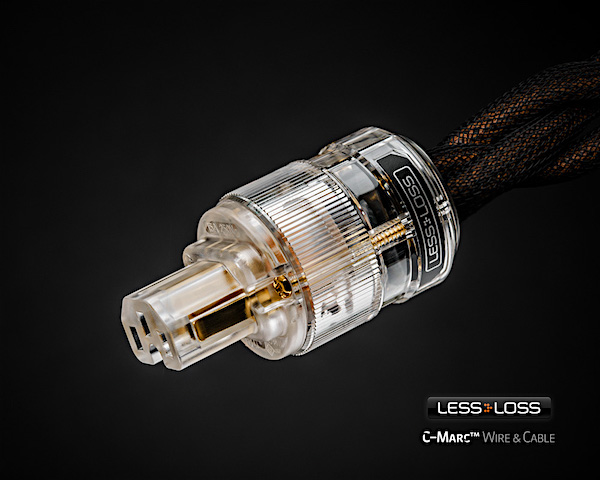 We are glad to offer this new level of performance to you in the form of this extended upgrade opportunity. Please write to Louis Motek on [email protected] to discuss your upgrade options. We hope to hear from you soon! Louis Motek | LessLoss.com
|
- Products
- Power Cables
-
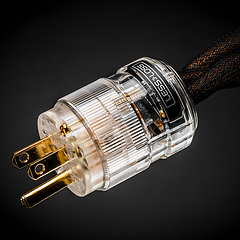 C-MARC™ Prime
The must have foundation for any sound system today.
From
$
486
C-MARC™ Prime
The must have foundation for any sound system today.
From
$
486
-
 C-MARC™ Classic
The unique super-cable power cord everyone's talking about.
From
$
1148
C-MARC™ Classic
The unique super-cable power cord everyone's talking about.
From
$
1148
-
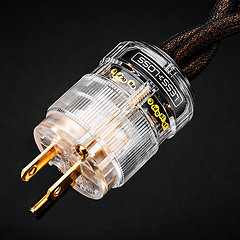 C-MARC™ Classic Entropic Process
The peerless, advanced Classic masterpiece.
From
$
1934
C-MARC™ Classic Entropic Process
The peerless, advanced Classic masterpiece.
From
$
1934
-
 C-MARC™ Stellar Entropic Process
The crown jewel for highest performance power connection.
From
$
2450
C-MARC™ Stellar Entropic Process
The crown jewel for highest performance power connection.
From
$
2450
-
- Loudspeaker Cables
- Interconnect Cables
-
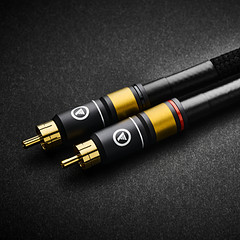 RCA C-MARC™
Cotton-clad true Litz • Whopping 2.3mm2 polarities
From
$
850
RCA C-MARC™
Cotton-clad true Litz • Whopping 2.3mm2 polarities
From
$
850
-
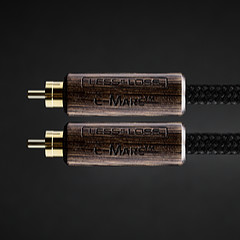 RCA C-MARC™ Entropic Process
Our finest RCA cable • Polished Wenge barrels
From
$
1428
RCA C-MARC™ Entropic Process
Our finest RCA cable • Polished Wenge barrels
From
$
1428
-
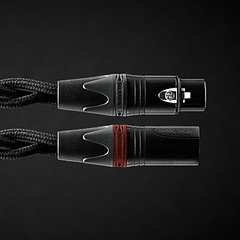 XLR C-MARC™
A hand-braided cotton-clad unique Litz construction
From
$
950
XLR C-MARC™
A hand-braided cotton-clad unique Litz construction
From
$
950
-
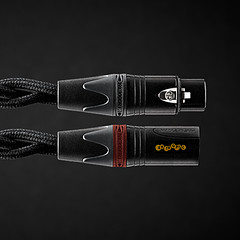 XLR C-MARC™ Entropic Process
Stratospheric performance for the audio connoisseur
From
$
1615
XLR C-MARC™ Entropic Process
Stratospheric performance for the audio connoisseur
From
$
1615
-
- Digital Cables
-
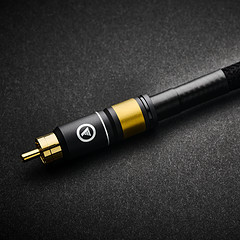 RCA Digital C-MARC™
Cotton-clad unique Litz design • Made only by LessLoss
From
$
510
RCA Digital C-MARC™
Cotton-clad unique Litz design • Made only by LessLoss
From
$
510
-
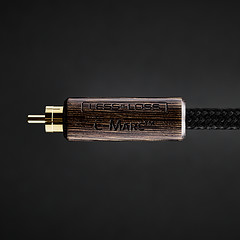 RCA Digital C-MARC™ Entropic Process
Possibly the most subtle digital cable on the planet
From
$
858
RCA Digital C-MARC™ Entropic Process
Possibly the most subtle digital cable on the planet
From
$
858
-
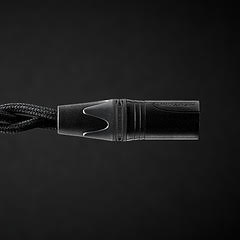 XLR Digital C-MARC™
Featuring a whopping 3 x 2.3mm2 Litz construction
From
$
570
XLR Digital C-MARC™
Featuring a whopping 3 x 2.3mm2 Litz construction
From
$
570
-
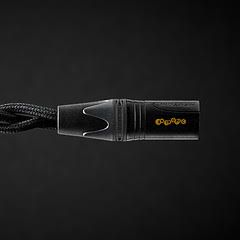 XLR Digital C-MARC™ Entropic Process
Stratospheric performance for the audio connoisseur
From
$
969
XLR Digital C-MARC™ Entropic Process
Stratospheric performance for the audio connoisseur
From
$
969
-
- Grounding Cables
- Bulk Wire and Cable
- Signal Conditioners
-
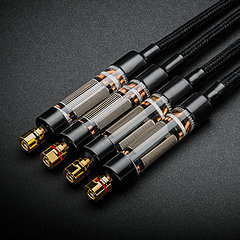 Firewall for Loudspeakers
Firewall for Loudspeakers
C-MARC™ Plug-and-Play Speaker signal conditioning like you've never imagined From $ 1656 -
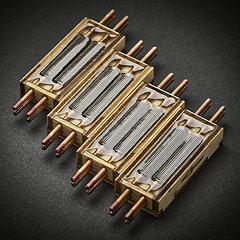 Firewall for Loudspeakers
Firewall for Loudspeakers
DIY version for Self-Installation For the Do-It-Yourself project enthusiast • Solder yourself From $ 800 -
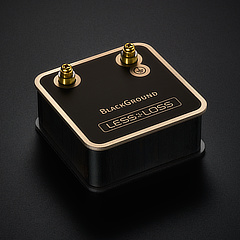 BlackGround DIY
Voltage-ground interface for a variety of applications
From
$
446
BlackGround DIY
Voltage-ground interface for a variety of applications
From
$
446
-
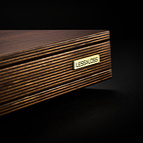 BlackGround 8x/10x Speaker Base
Plug-and-play loudspeaker signal conditioner
From
$
3096
BlackGround 8x/10x Speaker Base
Plug-and-play loudspeaker signal conditioner
From
$
3096
-
- Power Conditioners
-
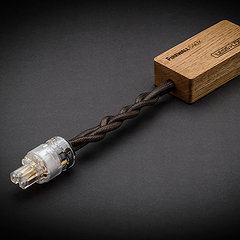 Firewall 640x
Plug-and-play solution for any powered gear
Firewall 640x
Plug-and-play solution for any powered gear
C-MARC™ Entropic Process and standard lead versions From $ 654 -
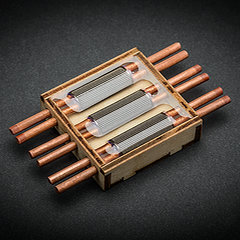 Firewall 640x DIY for Self-Installation
Self-solder and save!
From
$
320
Firewall 640x DIY for Self-Installation
Self-solder and save!
From
$
320
-
 BlackGround DIY
Voltage-ground interface for a variety of applications
From
$
446
BlackGround DIY
Voltage-ground interface for a variety of applications
From
$
446
-
 BlackGround 6x/10x Power Base
Plug-and-play power conditioner
From
$
2350
BlackGround 6x/10x Power Base
Plug-and-play power conditioner
From
$
2350
-
- Power Distributors
- Equipment Feet
- Field Conditioner
- DACs
- Power Cables
- Reviews
- This is definitely the cable to go for. It will almost literally blow your mind. – March 2012, Puresound Magazine
-
I was intrigued by the unanimously positive reviews garnered by these products ...
– by user Raymond Eye
Leaves you speechless
Sensational cables
BEST purchase I've made
Top notch performance
It's a steal
Musical... liquid... 3D
It's not subtle
More than an upgrade
Best I've heard so far
Stellar service
Sounds like a new system
Much more lifelike
Emotional flow
Overwhelming results
More dimensional
Sound is transformative
We were all astounded
Transformed my listening
Sounds so cohesive
Emotionally engaging
- Where to Start
- Free Newsletter
- Newsletter Archive
- B-Stock Alerts
- Shopping Tools
-
Shipping
- Free Shipping Learn about our international shipping policy
-
Return Options
Our satisfaction guarantee
and return policy -
Customs / Tax
UPS expedites local
customs clearance
-
Transaction
- Conditions of Sale Agreement for a smooth business transaction
- Privacy Policy We pledge to keep your information private
-
Terms of Use
Business policies
and agreements
-
Account
-
- Contact Us
-
Meet the Designers
-
- Care to share of your personal experience with our products? We'd be happy to post it!
- Want to learn more about our activities? Our Newsletter is both free and spam-free.
hi-res photos, brochures
logos, press releases, and
print-friendly PDF downloads. -
Contact Us
Connect with Us
-
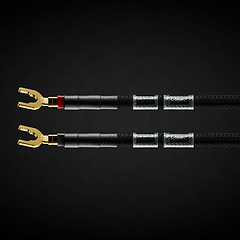
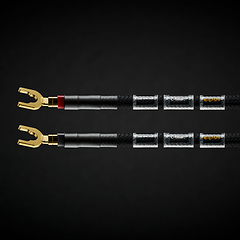
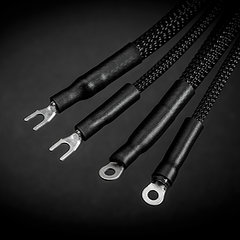
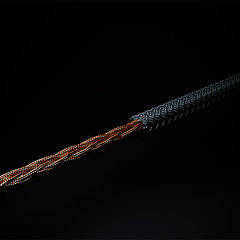
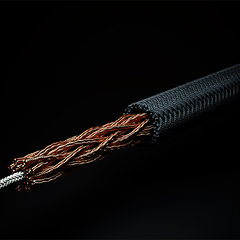
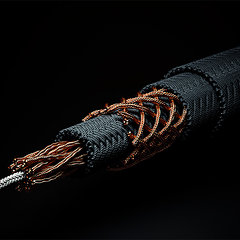
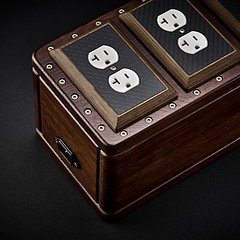
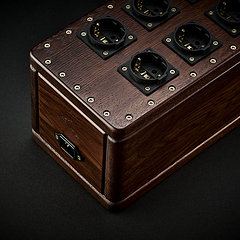

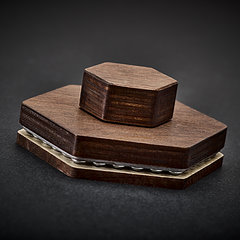
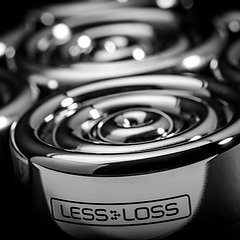
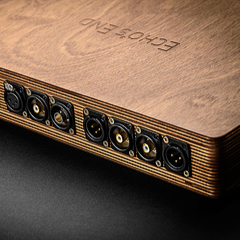
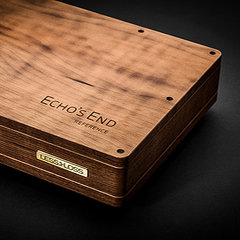
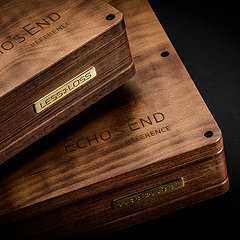
 Beware of Fakes
Beware of Fakes
